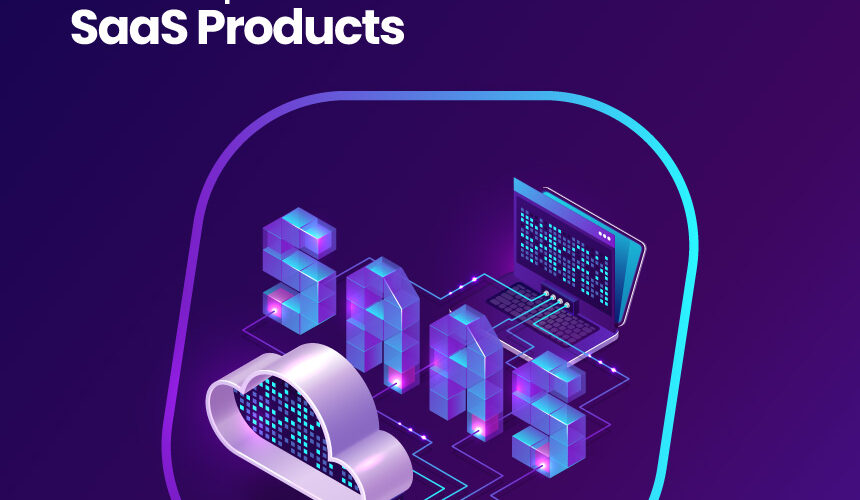SaaS gained prominence in recent times. Gone are the days when we bought software physically as CDs. However, the present-day no longer holds the same old principle. The new term SaaS is gaining popularity as software is available as a service on the internet.
Software is available on subscription, and the organization that has developed SaaS services bears complete responsibility for any updates or maintenance. Such unique privilege is what SaaS makes popular.
Why is SaaS popular?
Basically, SaaS is the software available on the cloud as a service surpassing the traditional means of installing software on the local device. More other advantages await to avail oneself. Let us explore the details :
- Economical: SaaS services are economical. Necessarily one has to pay for only the resources consumed instead of the entire cost of the software purchased.
- Scalable: As changes happen constantly, SaaS upgrades can happen with a few clicks.
- Performance: Cloud servers provide reliable performance. In case a server goes down, no worries. The nearby servers immediately support keeping up the performance levels.
- Safety and security: The cloud service provider uses highly reliable and standard security protocols to ensure security.
Significant steps to develop a cloud-based SaaS product
Having gained knowledge about SaaS popularity, let us know the effective ways to develop SaaS products:
Understand customers
Specific to the SaaS solution, the market demand has to be well studied. On priority, one needs to study the effectiveness of SaaS solutions and their impact on the audience. If the market demand is not studied, then you need to go about pursuing people about using your services.
Know the competition
Competition is huge in the market. Similar products exist in the market. So, you need to rate your solutions against competitive solutions to make your customers happy. The Minimum Viable Product (MVP) approach enables organizations to release their products into the market with the basic features to gain the feedback of the initial users. Post gathering the feedback, the final product is released into the market with the additional features.
Understand the project requirements
After performing the market analysis, the next task includes collecting the project requirements such as OS, technology, design, and resources. Initially, it is better to go with MVP and then add extra features based on the feedback.
Time to choose the technology stack
Now that you have understood the project requirements and the choice of the operating system, this stage is dedicated to developing the app features using technologies.
SaaS applications usually use the web frameworks such as ReactJS and Angular, while front-end development mainly relies on web technologies such as JavaScript, CSS, and HTML.
SaaS developers significantly use PHP, Ruby, Python, and JavaScript for back-end or server-side development, while the database technologies include MongoDB, MySQL, PostgreSQL, and Nginx.
Development
Primarily, organizations use agile development methods to develop solutions. Testing and development happen simultaneously to build a quality product eventually.
Quality assurance and maintenance
The SaaS solutions go through testing until beta testing is passed. Later the solutions go through performance testing, security testing, and usability testing.
Notably, SaaS applications need constant support. Also, maintenance plays a significant role. SaaS applications are built for the enterprise environment and therefore require a support team capable of handling issues and resolving them from time to time.
Conclusion :
Cloud-based SaaS applications have indeed gained prominence for their cost-effectiveness and other benefits turning businesses profitable and making customers happy.
Adopt seamless financial transactions with an accounting system on the cloud. ONPASSIVE provides O-Counting, an effective tool to tackle with accounting needs of multiple branches with ease and quickness.

Source link



